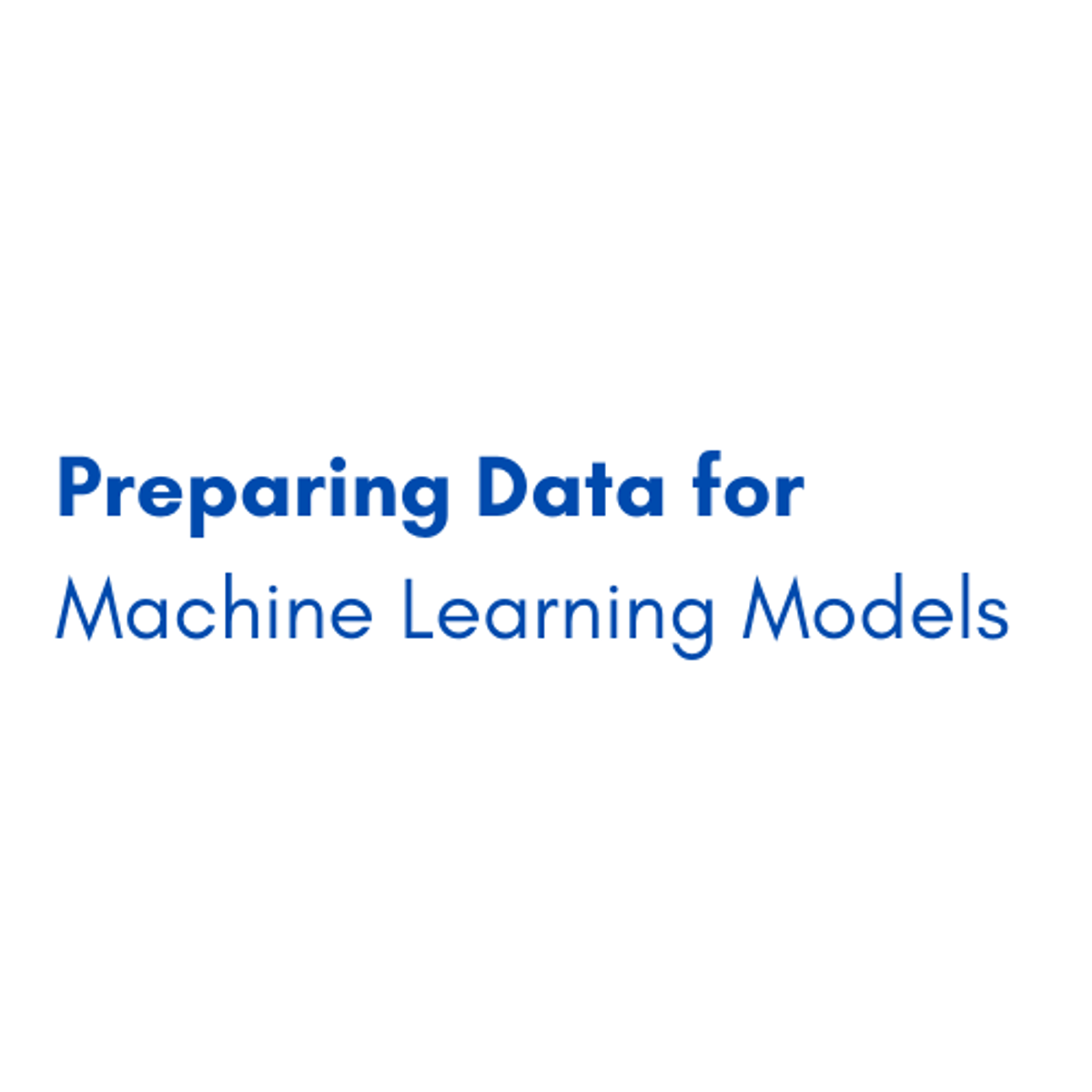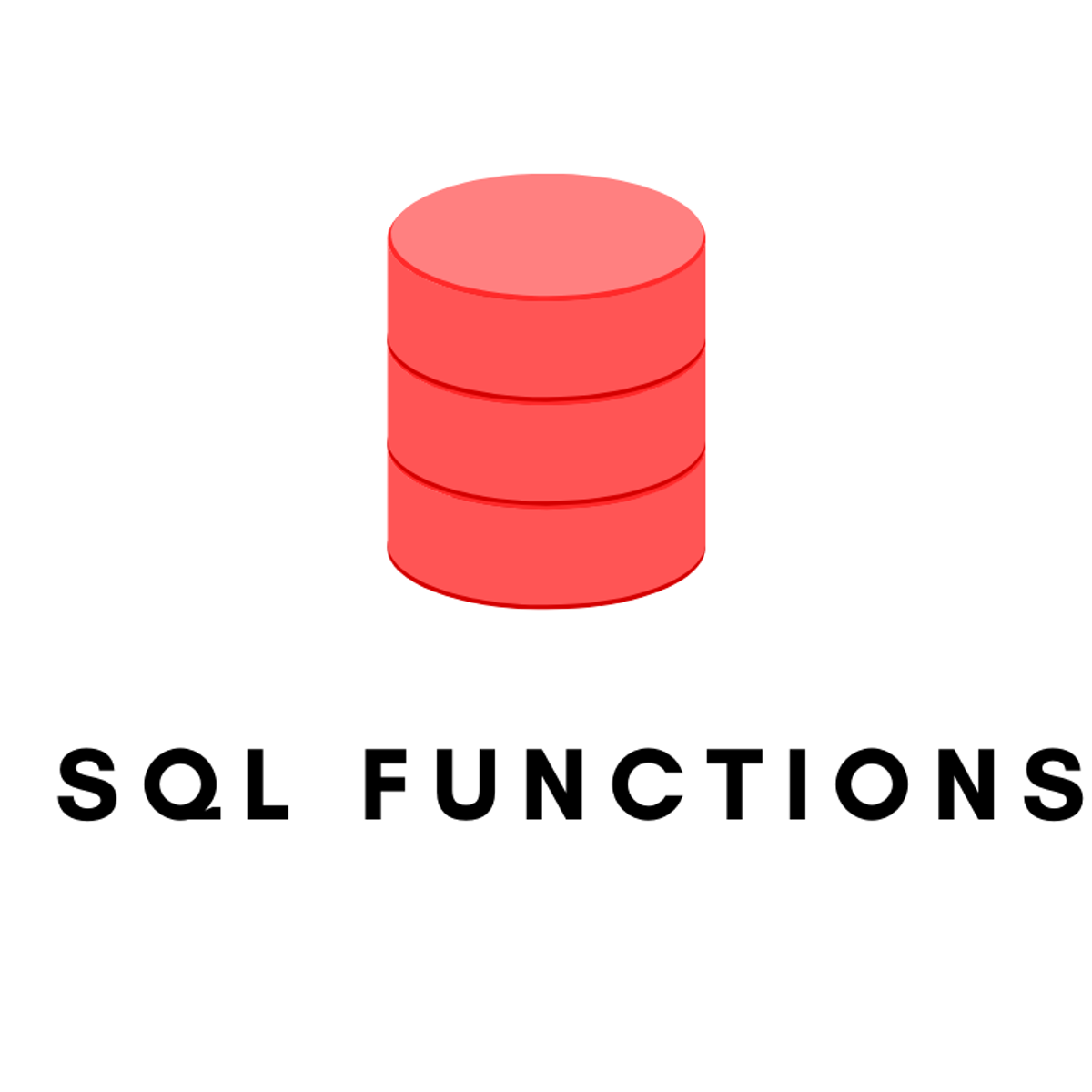Back to Courses









Data Analysis Courses - Page 7
Showing results 61-70 of 998

Preparing Data for Machine Learning Models
By the end of this project, you will extract colors pixels as training dataset into a form where you can feed it to your Machine Learning Model using numpy arrays.
In this project we will work with images, you will get introduced to computer vision basic concepts.
Moreover, you will be able to properly handle arrays and preprocess your training dataset and label it.
Extracting features and preparing data is a very crucial task as it influences your model.
So you will start to learn the basics of handling the data into the format where it would be accepted by a Machine Learning algorithm as Training Dataset.

How to Build a BI Dashboard Using Google Data Studio and BigQuery
This is a self-paced lab that takes place in the Google Cloud console. Learn how to build a BI dashboard with Data Studio as the front end, powered by BigQuery on the back end

Supervised Text Classification for Marketing Analytics
Marketing data often requires categorization or labeling. In today’s age, marketing data can also be very big, or larger than what humans can reasonably tackle. In this course, students learn how to use supervised deep learning to train algorithms to tackle text classification tasks. Students walk through a conceptual overview of supervised machine learning and dive into real-world datasets through instructor-led tutorials in Python. The course concludes with a major project.
This course can be taken for academic credit as part of CU Boulder’s Master of Science in Data Science (MS-DS) degree offered on the Coursera platform. The MS-DS is an interdisciplinary degree that brings together faculty from CU Boulder’s departments of Applied Mathematics, Computer Science, Information Science, and others. With performance-based admissions and no application process, the MS-DS is ideal for individuals with a broad range of undergraduate education and/or professional experience in computer science, information science, mathematics, and statistics. Learn more about the MS-DS program at https://www.coursera.org/degrees/master-of-science-data-science-boulder.

Data Processing using Python Collections
By the end of this project you will use the Python Collections Counter, the CSV package's DictReader, and the Collections UserList to read student test data and find the most common test scores.
The Python Collection classes are convenience classes that make it easier to process data and extend capabilities of existing classes. The CSV package's DictReader is convenient for reading columnar data. The UserList allows the developer to add functionality to the List, for example to check types. The Counter class is useful for counting common occurrences in arrays and other structures.
Note: This course works best for learners who are based in the North America region. We’re currently working on providing the same experience in other regions.

Create an infographic with Infogram
In this 2-hour long project-based course, you will learn how to design effectively an infographic with infogram.com, adding line, bar and map charts, and connecting the data story with text and visuals.
Note: This course works best for learners who are based in the North America region. We’re currently working on providing the same experience in other regions.

Mastering Data Analysis with Pandas
In this structured series of hands-on guided projects, we will master the fundamentals of data analysis and manipulation with Pandas and Python. Pandas is a super powerful, fast, flexible and easy to use open-source data analysis and manipulation tool. This guided project is the first of a series of multiple guided projects (learning path) that is designed for anyone who wants to master data analysis with pandas.
Note: This course works best for learners who are based in the North America region. We’re currently working on providing the same experience in other regions.

SQL Functions
By the end of this project, you will create a number of examples that will develop your learning around functions in SQL. This course will enable you to take your beginner knowledge of SQL to the next level by incorporating functions into your programming. Thus, you will be able to develop more complex code and be able to solve more difficult problems. Thus, you will be able to develop more complex code and be able to solve more difficult problems. This course will provide students with the knowledge behind different functions in SQL such as string functions, numeric functions, date functions, null SQL functions, stored functions and stored procedures. This project will take students through a number of examples demonstrating SQL functions based on a database. You will gain an understanding of these concepts from the in-depth examples provided.
Note: This course works best for learners who are based in the North America region. We’re currently working on providing the same experience in other regions.

Hierarchical relational data analysis using python
By the end of this project you will learn how to analyze Hierarchical Data. we are going to work with a dataset related to Mexico toy sales. The dataset contains some hierarchical data about different products sold in different stores in different cities in Mexico. we are going to load this data and after some preprocessing steps, we are going to learn how to analyze this data using different visualization techniques. During this project we are going to learn about a very important concept called Data Granularity. And we will also learn how to use different levels of granularity to answer some analytical question. and at the end we are going to talk about Treemaps and Sunburst Diagram, two handy visualization techniques used for hierarchical data.

How to Use Lookup Reference Math and Text Functions in Excel
By the end of this project, you will learn how to use lookup reference, math and text functions in an Excel Spreadsheet by using a free version of Microsoft Office Excel.

Creating Multi Task Models With Keras
In this 1 hour long guided project, you will learn to create and train multi-task, multi-output models with Keras. You will learn to use Keras' functional API to create a multi output model which will be trained to learn two different labels given the same input example. The model will have one input but two outputs. A few of the shallow layers will be shared between the two outputs, you will also use a ResNet style skip connection in the model. If you are familiar with Keras, you have probably come across examples of models that are trained to perform multiple tasks. For example, an object detection model where a CNN is trained to find all class instances in the input images as well as give a regression output to localize the detected class instances in the input. Being able to use Keras' functional API is a first step towards building complex, multi-output models like object detection models.
We will be using TensorFlow as our machine learning framework. The project uses the Google Colab environment. You will need prior programming experience in Python. You will also need prior experience with Keras. Consider this to be an intermediate level Keras project. This is a practical, hands on guided project for learners who already have theoretical understanding of Neural Networks, Convolutional Neural Networks, and optimization algorithms like gradient descent but want to understand how to use use Keras to write custom, more complex models than just plain sequential neural networks.
Note: This course works best for learners who are based in the North America region. We’re currently working on providing the same experience in other regions.
Popular Internships and Jobs by Categories
Find Jobs & Internships
Browse
© 2024 BoostGrad | All rights reserved